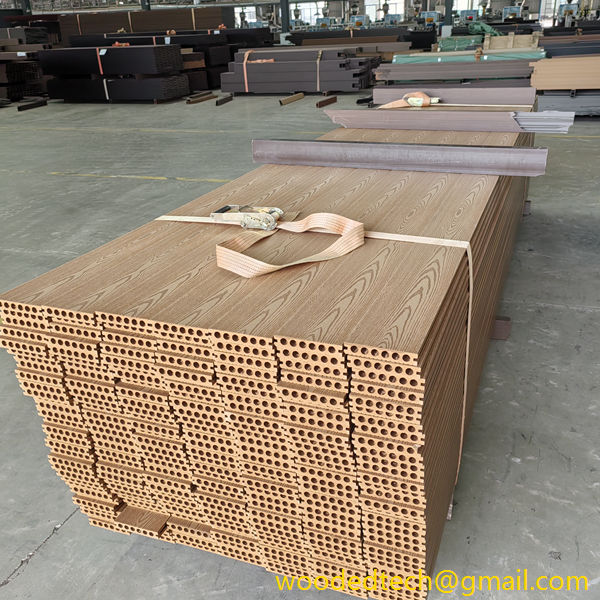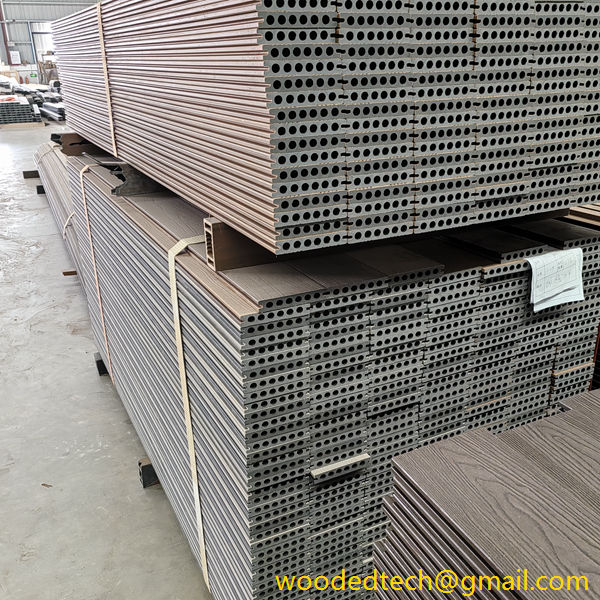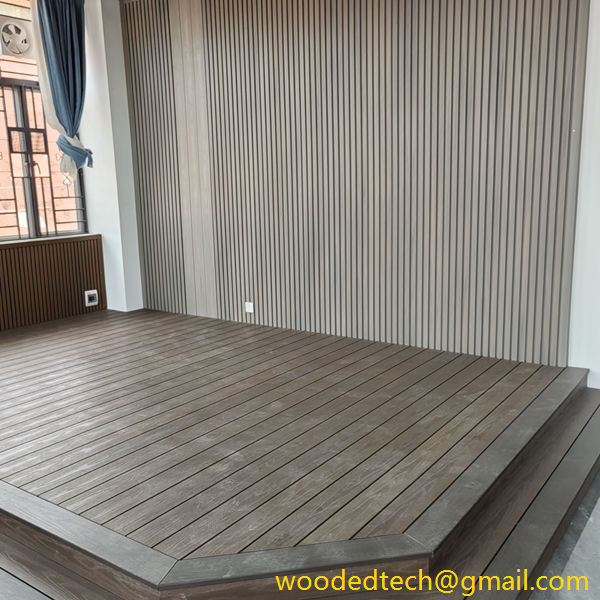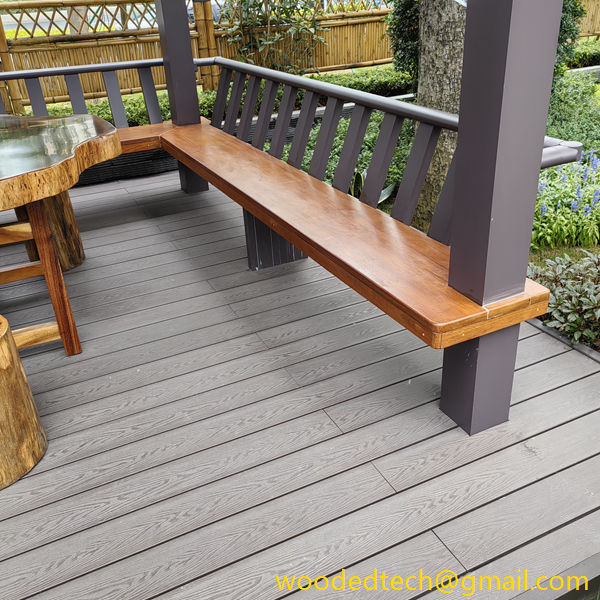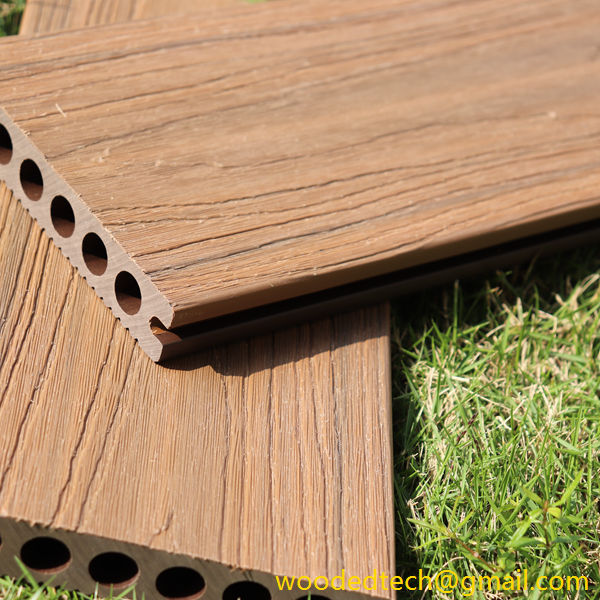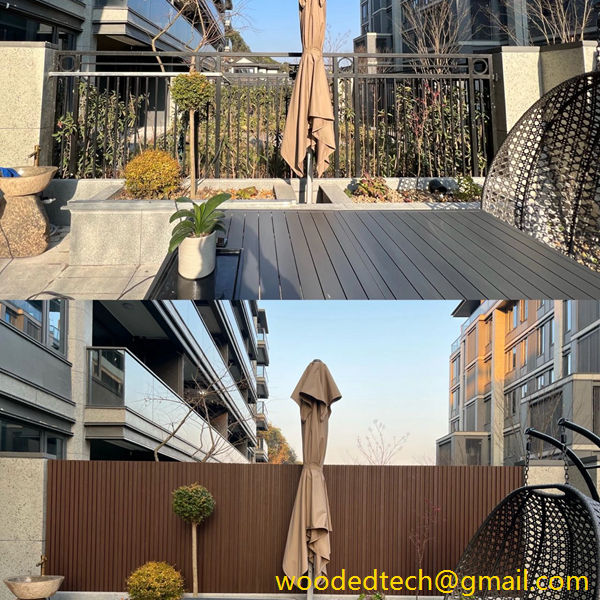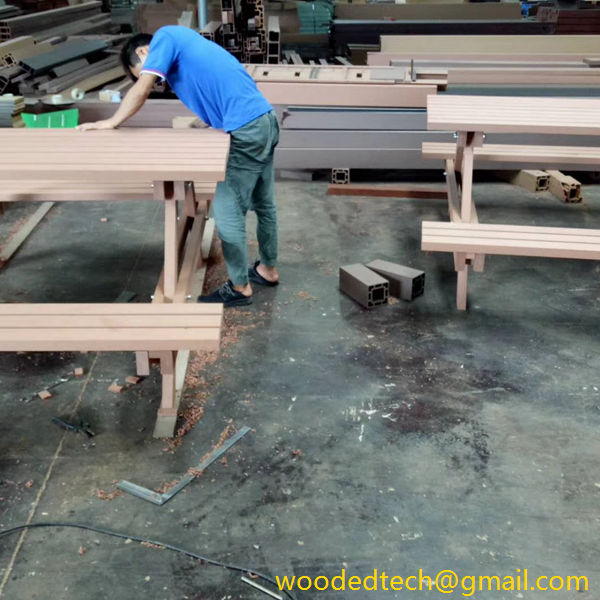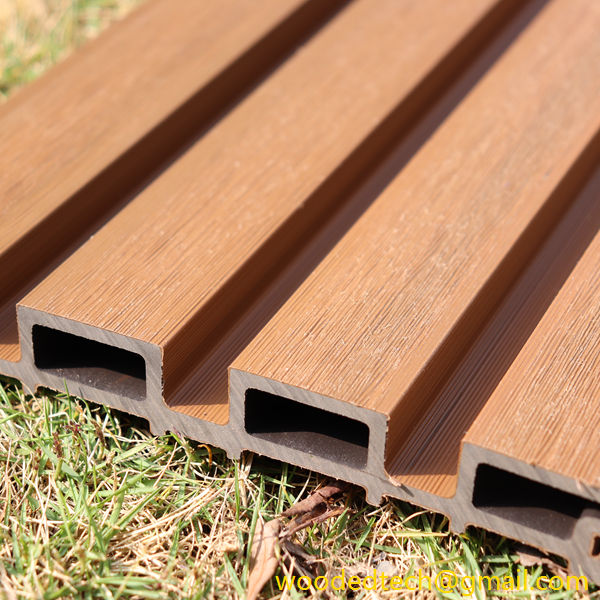How to Cut WPC Flooring: Techniques for Cutting WPC Flooring with Precision
How to Cut WPC Flooring: Techniques for Cutting WPC Flooring with Precision Cutting Wood Plastic Composite (WPC) flooring can be a straightforward task if approached with the right techniques and tools. WPC flooring has gained immense popularity in recent years due to its durability, aesthetic appeal, and resistance to moisture. It combines the natural beauty…
How to Cut WPC Flooring: Techniques for Cutting WPC Flooring with Precision
Cutting Wood Plastic Composite (WPC) flooring can be a straightforward task if approached with the right techniques and tools. WPC flooring has gained immense popularity in recent years due to its durability, aesthetic appeal, and resistance to moisture. It combines the natural beauty of wood with the resilience of synthetic materials, making it an ideal choice for various environments. However, to achieve a flawless installation, precision in cutting is paramount. This article will explore effective techniques for cutting WPC flooring with precision.
Before diving into the specific cutting techniques, it’s essential to understand the tools required for the task. The right tools not only ensure cleaner cuts but also promote safety during the installation process. For cutting WPC flooring, you will typically need a utility knife, a circular saw, a jigsaw, or a miter saw. Each tool serves a unique purpose and can be chosen based on the specific cutting needs of your project.
Utility knives are ideal for making straight cuts on thinner WPC planks. They are especially useful for trimming and adjusting pieces to fit snugly against walls or other obstacles. To use a utility knife effectively, score the surface of the plank along the desired cutting line with firm, even pressure. Once you have made a sufficient score, you can snap the plank along the line, resulting in a clean break.
For thicker planks or more intricate cuts, a circular saw is a powerful option. It provides speed and precision, making it suitable for larger projects. To achieve the best results with a circular saw, ensure that you use a fine-tooth blade designed for cutting laminate or composite materials. This type of blade minimizes chipping and splintering, which can detract from the overall look of the flooring. When operating a circular saw, always measure twice and cut once, marking your cutting line clearly and securely clamping the plank to prevent movement during the cutting process.
A jigsaw is another versatile tool that excels at making curved cuts and intricate shapes. This tool is particularly useful if you need to cut around obstacles such as pipes or door frames. To use a jigsaw effectively, select a fine-tooth blade suitable for cutting composite materials. When cutting, take your time and let the saw do the work to avoid forcing it through the material, which can lead to uneven cuts or damage to the flooring.
Miter saws are excellent for making precise crosscuts and angled cuts, particularly for creating transitions between different flooring types or for trimming planks to fit specific dimensions. When using a miter saw, set the angle according to your project needs and ensure that the blade is sharp and clean. As with other tools, always prioritize safety by wearing appropriate protective gear, such as safety goggles and ear protection.
Regardless of the cutting method chosen, preparation is key to achieving precision. Begin by measuring the area where the flooring will be installed, including any corners, doorways, or irregular shapes. Create a detailed plan that outlines the dimensions and layout of the flooring. Accurate measurements will guide your cutting process and help prevent costly mistakes.
When marking your cuts, use a straightedge or a square to create clear, straight lines. This will serve as your guide during the cutting process and help maintain accuracy. Additionally, consider the expansion gap required for WPC flooring installations. WPC materials tend to expand and contract with changes in temperature and humidity, so leaving a small gap around the perimeter of the room is essential for accommodating these changes.
As you proceed with cutting, take your time and remain focused. Rushing through the process can lead to errors and uneven cuts. If you are unsure about a particular cut, don’t hesitate to practice on a scrap piece of flooring first. This can help you become more familiar with the tools and techniques, allowing you to build confidence before tackling the actual installation.
Another critical aspect to consider is the finish of the cut edges. After cutting, inspect the edges for any rough spots or splinters. If necessary, use sandpaper or a file to smooth out any imperfections. This attention to detail will not only improve the overall appearance of the flooring but also ensure a better fit during installation.
Lastly, always prioritize safety when cutting WPC flooring. Wear protective gear, including safety goggles and a dust mask, to safeguard against debris and dust generated during the cutting process. Keep your workspace organized and free from clutter to reduce the risk of accidents. Additionally, ensure that you are familiar with the proper operation of each tool you use, as this will help prevent injuries and enhance your cutting precision.
In conclusion, cutting WPC flooring with precision is an achievable task that requires the right tools, techniques, and careful preparation. Whether you opt for a utility knife for simple cuts or a miter saw for more intricate angles, each tool has its advantages. By measuring accurately, marking clearly, and taking your time during the cutting process, you can ensure a successful installation of your WPC flooring that not only looks great but also stands the test of time. With the right approach, you can transform your space with beautiful and durable flooring that enhances the overall aesthetic of your home or business.

